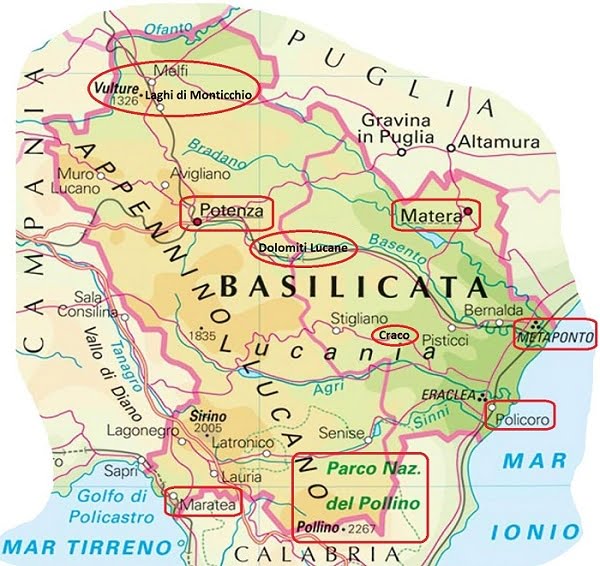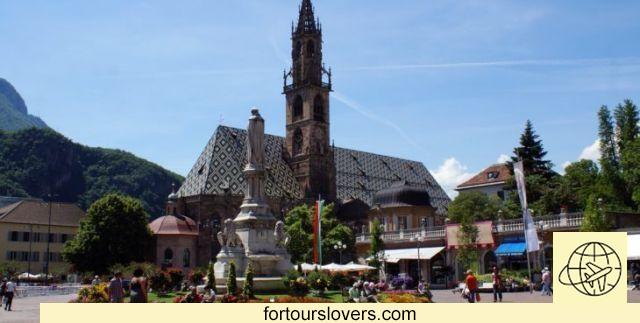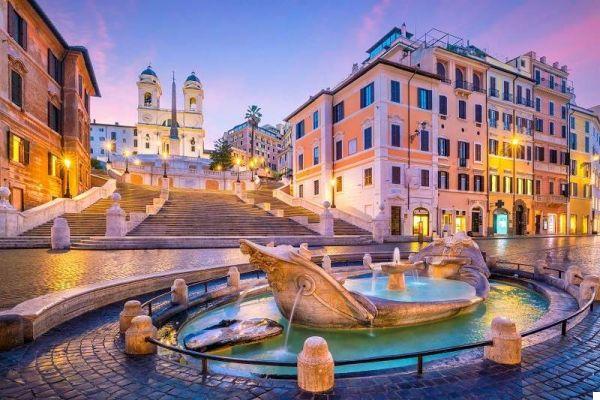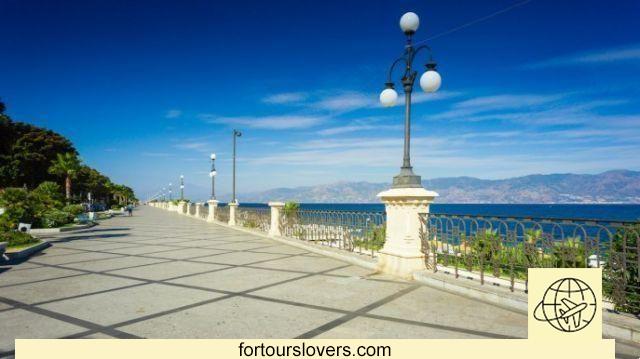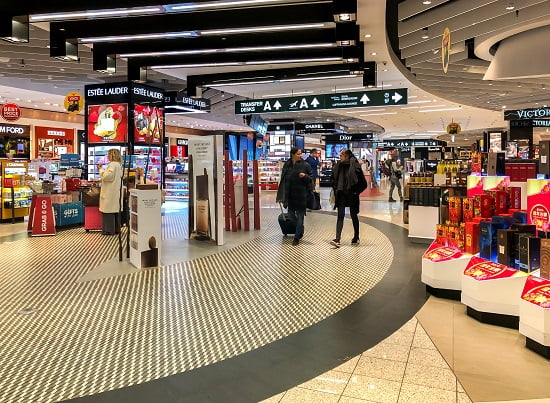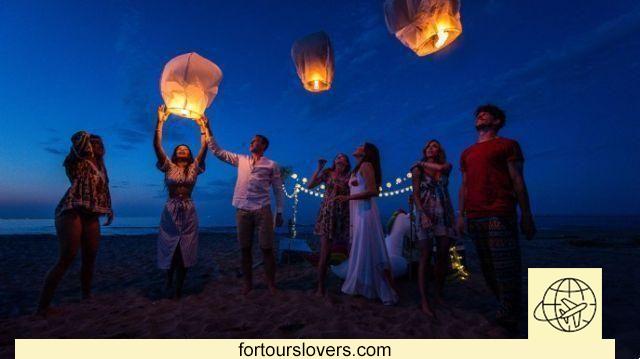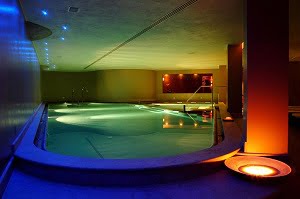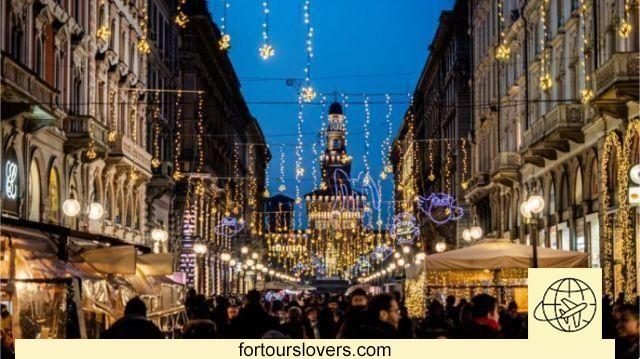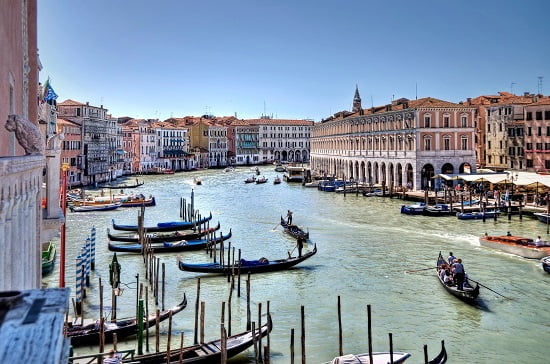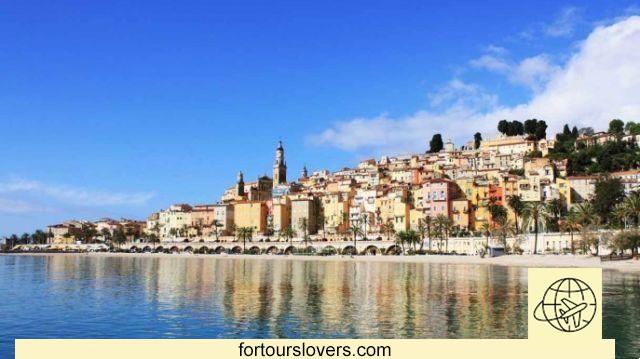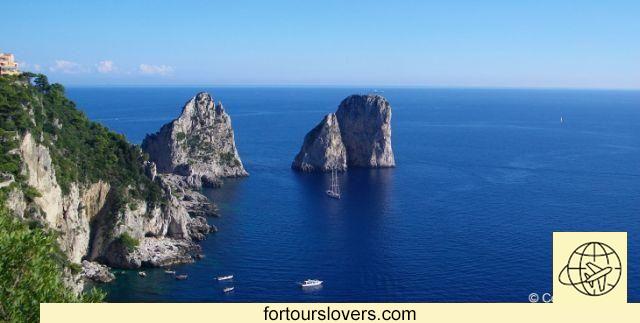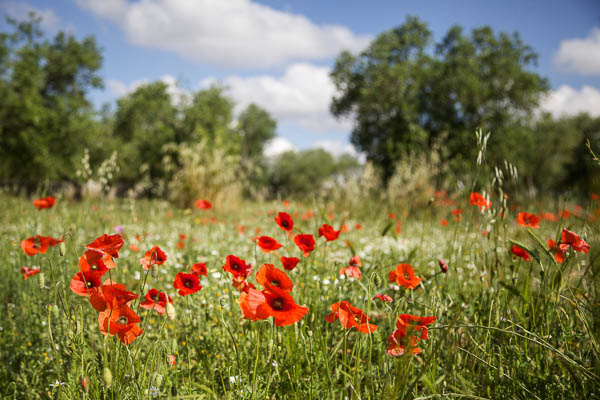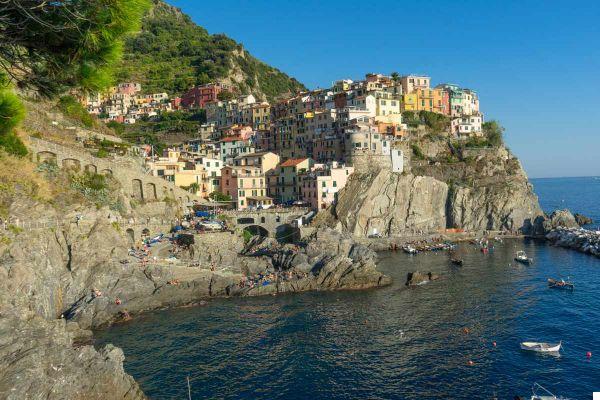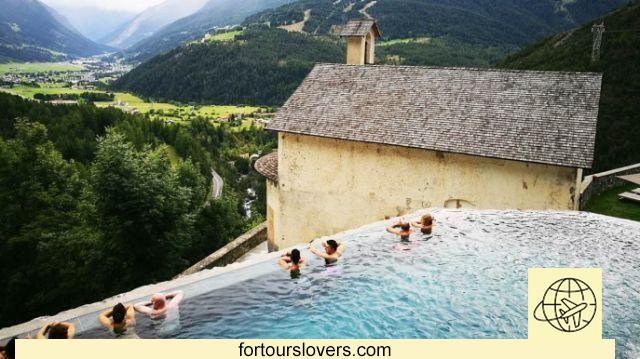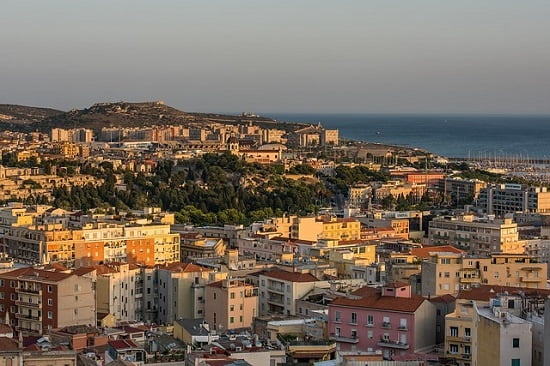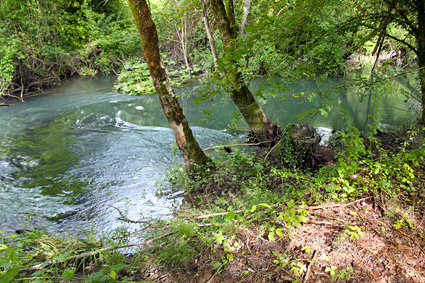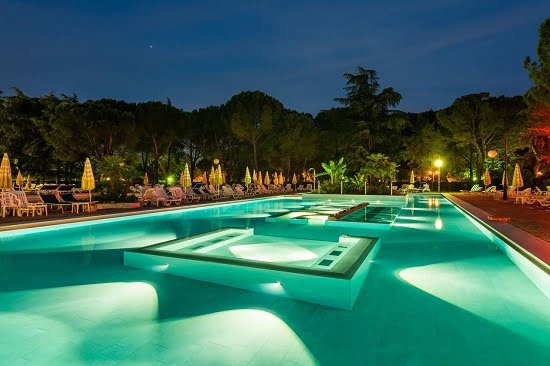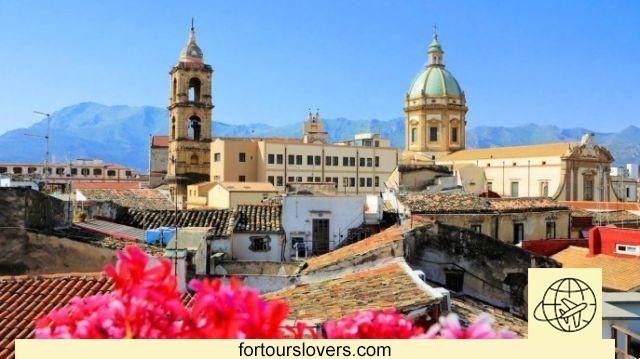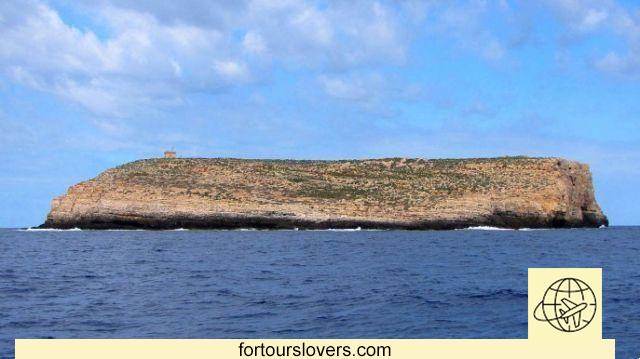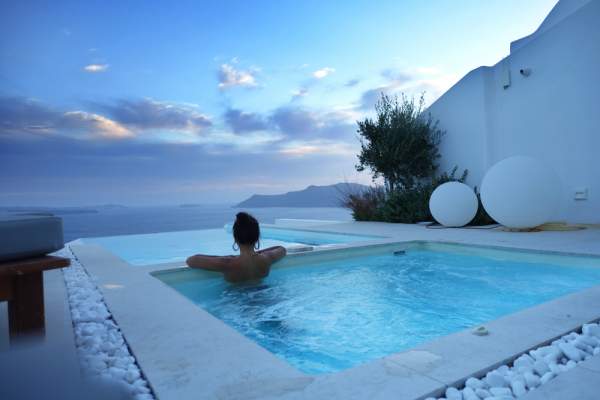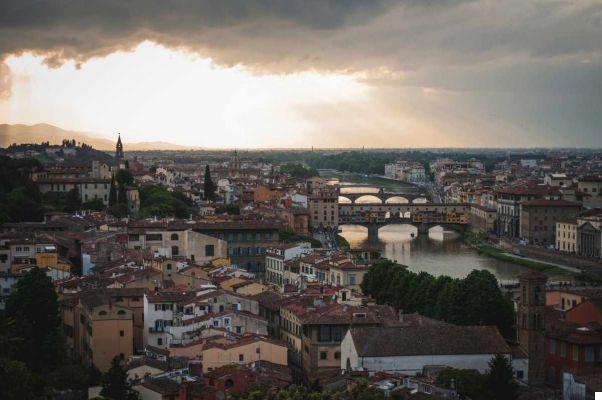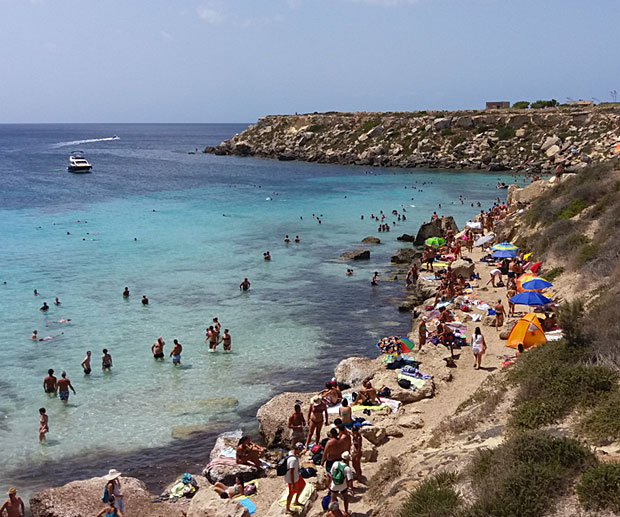Basilicata, surrounded by Campania, Puglia and Calabria, and bathed by two short stretches of sea along the Tyrrhenian and Ionian coasts, is a wonderful region to visit and discover, and where to spend a pleasant vacation.
Despite being one of the smallest regions in Italy, it is a very varied region from a tourist point of view, with archaeological sites, artistic and historical towns, unique landscapes, and although not of international importance, seaside resorts and ski resorts.
The region is composed mainly of mountains and gorges andfeatures only short stretches of coastline on the Tyrrhenian and Ionian coasts. Basilicata is one of the most authentic regions in Italy, tourism has only begun in recent years in many places.
The main beauty of Basilicata is its unique landscapes and its characteristic villages and hamlets, many of which are located on rocky spurs, which gives an even more suggestive and fascinating aspect to the city.
Search for accommodation or hotel in Basilicata
The region was influenced by various civilizations over the years: Romans, Greeks, Saracens, Catholics, Byzantines and Normans, with some evidence of these civilizations still visible today. The most famous archaeological site is that of Metaponto.
The most beautiful beaches of Basilicata are found along the 30 km of coastline overlooking the Tyrrhenian Sea, with caves, rocky bays and small sandy beaches. In contrast, the 4 km of coastline lapped by the Ionian Sea have flat sandy beaches, more suitable for beach vacations for families with children.
What to visit in Basilicata
Sassi di Matera: the most important attraction
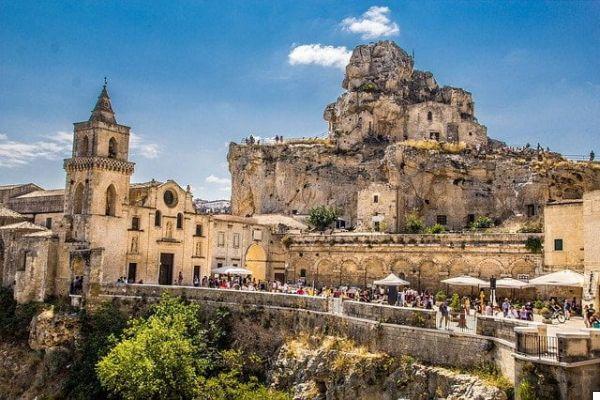
Located on a hill within about 400 meters above sea level, Matera is a picturesque village and undoubtedly the most important tourist center of the region. Its international fame is due to Sassi, typical residential buildings in the limestone rock.
Becoming a UNESCO World Heritage site, it has experienced a strong growth of tourism in recent years also due to the title of European Capital of Culture. This has also led to a growth in the supply of tourist accommodation, so much so that today Matera has almost a thousand structures.
The main attraction of the city are the "Sassi" (the historic center), consisting of ancient cave dwellings. In addition to the historic houses, the tourist area is also home to many churches and monasteries. This spectacular historical area has been used as a location for many important films, such as Mel Gibson's "The Passion of the Christ".
Today, these former cave houses have been partially renovated, becoming trendy apartments or luxury bed and breakfasts; while some Sassi are also used as bars, restaurants and museums. The historic area is definitely one of the main attractions of southern Italy.
Matera is located on a karst plateau above the deep valley of the Gravina di Matera. The rocks lie on both sides of a valley. On the north side is the Sasso Barisano was partially developed commercially as offices and housing. the Sasso Caveoso, on the south side, is the most historic and interesting.
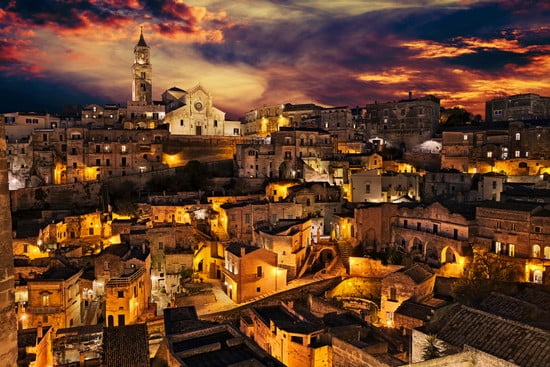
Since the visit of the Sassi di Matera presents narrow alleys and several staircases, it is advisable to wear comfortable clothes and shoes. The best time to visit the Sassi is from spring to early autumn, when rains are rarer. In summer it can be quite hot in the middle of the day.
Lakes of Monticchio: for nature lovers
Located on the slopes of Mount Vulture, the lakes of Monticchio are two magnificent volcanic lakes. Calling one a large lake and the other a small lake (due to their surface area), they retain a diversified environmental heritage, making the area very popular with tourists and vacationers, especially during the summer.
The Small Lake, having become the habitat ofthe European owl moth, constitutes a natural reserve, called the Regional Reserve of the Small Lake of Monticchio.
Around the lakes there are various tourist facilities, and on the slopes of Monte Vulture two abbeys: that of San Michele and the ruins of San Ippolito.
In the area there are many farmhouses where to eat and stay, but the best place to spend a pleasant vacation or stay is theBorgo Villa Maria Hotel, with a large garden, an outdoor swimming pool and a traditional restaurant.
Craco: the ghost town
Craco is an abandoned town located in the southern part of Basilicata, about 50 km from Matera. Due to several earthquakes and a series of landslides, the town was abandoned in 1963, turning it into a ghost town. In recent years, Craco has been used several times for the filming of several movie productions.
Today a guided tour route allows you to visit the historical and uninhabited part of the town, among the ruins of abandoned buildings and alleys, admiring the noble palaces and climbing up to the Castle Tower at the top of the town.
Other important attractions are the Church of San Pietro, the Church of Santa Maria della Stella and the Mother Church of San Nicola, from where you can admire a beautiful panorama.
Potenza: one of the most beautiful historical centers
Potenza is the capital of the region and the highest altitude in Italy. The city is centrally located and in less than two hours you can reach any area or town in the region, even the most distant.
The old town is located in the upper part of the city and has one main street, Via Pretoria. From the train station, located in the lower part of the city, a series of escalators allow you to reach the historic center, located in the highest part.
The historical area is the most characteristic and interesting to visit. It is not very wide, if it were not for a little height, but still you can visit it easily, even on foot. Hospitable religious buildings and historic churches, dating back mainly to medieval times, but also historic buildings and museums.
The high altitude leads to a cold climate during the winter, with occasional snowfalls too. The best time to visit the city is certainly summer, when tourists and locals stroll through the streets and entertain themselves until late at night, even during the week.
From Potenza you can reach Matera in 1 hour and 15 minutes (100 km), Metaponto in 1 hour and 20 minutes (110 km), Maratea in 1 hour and 45 minutes (120 km), while if you stay in winter just 20 km from Potenza, in the municipality of Abriola, the ski resort La Sellata-Pierfaone.
Melfi: history, lakes and excursions
Melfi is the ancientcapital of the Norman state and the city of Frederick par excellence. The main attraction is the castle, one of the most important medieval castles in southern Italy.
The historic center of Melfi is completely surrounded by ancient Norman walls with watchtowers that extend for more than four kilometers.
The town is also home to other places of interest such as the Cathedral of Santa Maria Assunta, the Church of Sant'Antonio, the cave church of Santa Margherita, as well as several historic buildings and museums.
Staying in Melfi also allows you to make visits to the neighboring Monticchio Lakes and excursions on Monte Buitre.
Venosa: one of the most beautiful villages in Italy
Venosa is one of the most beautiful villages in Italy, the birthplace of the Roman poet Horace and the site of important archaeological sites from Roman times.
This historic town, on the border between Apulia and Lucania, is home to important attractions such as the archaeological site with ancient remains of Roman buildings and the Holy Trinity Complex formed by the old church and the new church (or unfinished church).
Lagopesole and its magnificent castle
Lagopesole is a small medieval village situated on a hill and dominated by the silhouette of the Castle of Lagopesole, a Norman castle of Emperor Frederick II of Swabia. Inside the castle there is a church and a virtual museum about Frederick II. For the beauty and the suggestive inner courtyard, this castle has been repeatedly chosen as a location for filming some movies.
Where to go to the sea in Basilicata
Basilicata has two sea areas, one located on the Tyrrhenian Sea and the other on the Ionian Sea. On the Tyrrhenian Zone the most important seaside resorts are Maratea and acquafreddamwhile in the Ionic zone we have: Scanzano jonico, Lido of Policoro, Nova Siri Marina e Lido of Metaponto.
Le beaches are clean and have good tourist infrastructure, such as large parking lots and facilities equipped with umbrellas, sun beds, animation, toilets, showers and lifeguard service. The presence of several bars and restaurants, and the rental of aquatic equipment such as canoes, pedal boats and jet skis complete the recreational offer.
Maratea: the pearl of the Tyrrhenian Sea
Maratea is one of the most sought-after and appreciated tourist destinations in the region, and the only town in Basilicata that lies on the Tyrrhenian Sea coast. Located in a splendid geographical position and with over 30 km of coastline is a true paradise for lovers of the sea and beautiful scenery.
The area of presence a stunning coastline, with steep walls, beautiful beaches and wonderful bays and sea caves, some only accessible by boat by sea. The inland mountains reach directly into the sea, creating a picturesque visual contrast and panoramas of exceptional beauty.
The coast of Maratea has more than twenty beaches. The largest is the beach of Gnola in Castrocucco, while Calaficarra Beach is one of the most beautiful, being located between rocks and caves. For its magnificent beaches it has been called the "Pearl of the Tyrrhenian Sea", besides being also known as the city of 44 churches.
In front of Marina di Maratea, in the beautiful Gulf of Policastro, is the islandof Santo Ianni where the ancient chapel dedicated to San Giovanni is located. The island is surrounded by other small islets that form a small but characteristic archipelago.
Maratea attracts tourists also thanks to its places of artistic interest and ai many historical assets, whose territory is very rich. The marina area, with its characteristic tourist harbor, is one of the most touristic and beautiful of Maratea.
The most famous attraction is the Statue of the Redeemer, which, at 22 meters high, is the tallest statue in Italy. Being located at the top of Mount San Biagio, overlooking the bay, it is reminiscent of the statue of Christ the Redeemer in Rio de Janeiro in Brazil.
In the northern part of the coast of Maratea there is acquafredda. This resort, a hamlet of Maratea, has a pine forest that descends from the mountain to the sea. Acquafredda is home to the Grotta del Drago, the largest cave in Basilicata and a cold water spring that gave its name to the area.
Metaponto: the best destination for a vacation by the sea
Lido di Metaponto is the most important tourist resort on the Ionian side. The presence of an important railway station, good road connections and the good supply of tourist accommodation have allowed a strong tourist growth in the area.
This ancient Greek town today is a thriving seaside resort with several hotels and hostels, and more than twenty campsites and tourist villages, but above all an extensive beach dotted with lidos that attract tourists both day and night with bars, restaurants and nightclubs in the open air.
Find accommodation or hotels in Metaponto
It is for several reasons the best choice where to go to the beach in Basilicata, especially for families with children. It also offers many things to see and do, such as the opportunity to visit the nearby Matera.
To cool off and have fun on hot summer days there is Acquazzura Water Park, a water park suitable for the whole family, with swimming pools, whirlpools and fun slides and attractions.
For nature lovers there is the opportunity to visit the State Natural Reserve of Metaponto and State Reserve Marinella Stornara, while for lovers of history and archeology is absolutely essential National Archaeological Museum of Metaponto, which houses the famous Tavole Palatine, the temple dedicated to the goddess Hera.
Policoro: for those seeking relaxation
Policoro is a seaside resort on the coast of the Ionian Sea. The coastal area with its numerous hotels and campsites is one of the most developed tourist areas of the region. The town is surprising by itself. Nice historical center and by its beautiful promenade.
The coast offers both equipped beaches and free beaches. One of the most important attractions of the area is the National Archaeological Museum of Siritide, which preserves the artifacts found in Heraclea. Numerous events take place during the summer season, including the White Night.
Mountain vacations in Basilicata
Pollino National Park
Pollino National Park, with an area of almost 2,000 km², is the largest national park in Italy. The protected area is located in the provinces of Matera, Potenza and Cosenza, so a part of the park also takes place in Calabria.
The park protects a large area of the Southern Apennines, dominated by the Pollino massif. Mount Pollino with its 2248 meters is the highest peak of the park and dominates an area of unspoiled nature, with spectacular scenery. The southern part is made up of large forests, pastures and cultivated areas, while the northern part is more mountainous.
Find lodging in Pollino National Park
The symbol of the park is the Bosnian pine, but the flora of the park is very rich, among other tree species: spruce, silver fir, curly maple, beech, black pine and yew.
Among the fauna species instead we find: the golden eagle, the Italian wolf, the roe deer, the peregrine falcon, the marmot, the Mediterranean falcon, the deer and the vulture. The numerous waterways of the Pollino host aquatic species such as otters, trout and salamanders.
Lucania Dolomites
Located in the southern Apennines, about 20 kilometers from Potenza, the Lucan Dolomites rise in the center of Gallipoli Cognato Piccole Dolomiti Lucane Regional Park. The name given to this mountain range is due to the similarity with the peaks of the Dolomites in northern Italy.
Composed of steep peaks and formed by karst erosion, the maximum height of the Lucane Dolomites is represented by Monte Caperino, which reaches 1,455 meters above sea level. The two most important resorts in the area are Pietrapertosa and Castelmezzano, two picturesque villages nestled among these wonderful mountains.
The area is also famous for the spectacular attraction of the Angel Flight, a zip line over 1,600 meters long, for a flight into the "void" between the beautiful Lucanian Dolomites, with a speed that in some sections reaches 120 km / h.
Where to ski in Basilicata
Much of the territory of Basilicata is mountainous and is home to some of the highest peaks of the Apennines, such as Monte Pollino located in a wonderful national park, which reaches a height of 2,248 meters above sea level.
The region is home to four ski resorts, not among the most important and extensive in Italy, but they allow you to spend pleasant and fun days in the snow (snow permitting), practicing various winter sports.
Ski resorts in Basilicata
Great Mountain of Viggiano: ski resorts located between 1,400 and 1,600 meters above sea level. There are 3 ski lifts serving 3 slopes for a total of 2 km of slopes.
Monte Sirino: ski resorts located between 1,400 and 1,850 meters above sea level. There are 5 lifts serving 5 slopes for a total of 4 km of slopes.
Monte Volturino - Viggiano: ski resorts located between 1,400 and 1,848 meters above sea level. There are 5 lifts serving 3 slopes for a total of 2 km of slopes.
Saddled - Airy: ski resorts located between 1,400 and 1,710 meters above sea level. There are 7 lifts serving 9 slopes for a total of 7 km of slopes.
What to do in Basilicata: activities and sports
Basilicata offers the opportunity for various activities and sports, many of which are possible all year round. Among those preferred by tourists, hiking and mountain biking are the most popular.
Excursions are recommended mainly in spring or autumn, in the less cold or hot periods, especially in the area of the Pollino National Park that offers several trails of incredible scenic beauty.
The entire region provides several itineraries and routes accessible to cyclists. If you wish, you can participate in specially organized excursions in the Lucerne Apennines and in the Pollino National Park. The less sporty can go cycling along the coastal routes.
Skiing and various winter sports can be practiced, snow permitting, from December to the end of March in the four ski resorts of the region. They are not large and well-known ski resorts, but they still allow you to have fun in the snow.
Swimming and various water sports can be practiced in the region's six seaside resorts. While every stretch of the coast can be a good choice for swimming, for water sports and activities it is better to prefer the more famous places like Maratea and Metaponto.
